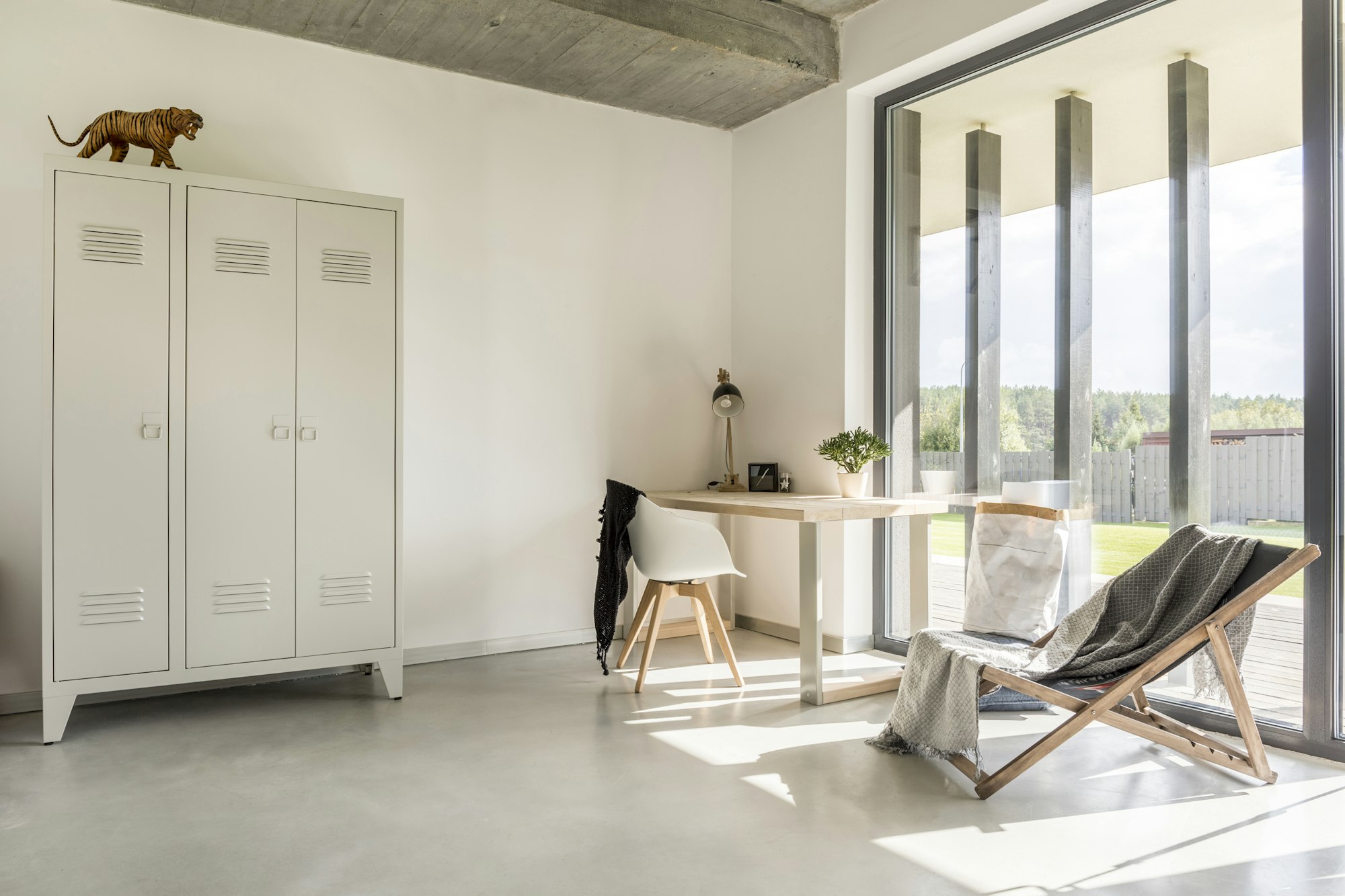
When it comes to designing a space with a minimalist aesthetic, the materials you choose play a crucial role. Minimalism thrives on simplicity, clean lines, and a sense of openness. One of the most effective ways to achieve this look is through careful selection of materials that embody these principles.
In this article, we’ll explore the best materials that can help you achieve that clean and simple look you’re aiming for. You’ll discover not only the aesthetic benefits but also the practical advantages these materials offer. From sleek metals to natural woods, each has its own unique qualities that can transform your space into an oasis of tranquility.
Natural wood stands as an epitome of minimalist design. Its organic texture invites warmth, while its versatile color spectrum—from pale ash to deep walnut—infuses spaces with natural elegance. Wood’s inherent diversity means it can either stand out or harmonize effortlessly with other elements in your home.

Choosing the right type of wood is crucial. Light woods such as birch or maple bring an airy and open feel, ideal for small spaces. On the other hand, richer hues like mahogany or walnut lend a sophisticated and grounded atmosphere. Incorporating wood in flooring, furniture, or even accent pieces like shelving can transform your living areas into serene, inviting sanctuaries.
Moreover, wood’s sustainability adds another layer of appeal. Look for FSC-certified products to ensure you’re making an environmentally responsible choice. With each unique grain and knot, wood beams character and authenticity, enhancing the minimalist aesthetic without overwhelming it.
In essence, the beauty of natural wood lies in its ability to blend functionality with simplicity. Its tactile charm and visual richness create a balanced interior that feels both polished and welcoming.
Marble has been synonymous with luxury and elegance for centuries, yet it finds a fitting place within minimalist design as well. This natural stone offers an unparalleled blend of sophistication without overwhelming the senses. Imagine a sleek white marble countertop in your kitchen; it not only serves as a functional workspace but also elevates the entire aesthetic with its subtle veining and reflective surface.

One of marble’s best qualities is its versatility. It’s available in a variety of colors and patterns, from classic white Carrara to rich, dark marbles like Nero Marquina. This variety allows you to choose a piece that perfectly complements your minimalist color palette, whether you’re aiming for stark contrasts or gentle harmony.
Additionally, marble’s durability is noteworthy. With proper care, a marble surface can last a lifetime, making it a sustainable choice in the long run. Regular sealing and gentle cleaning can maintain its luster and prevent it from staining or etching.
Marble can be incorporated beyond countertops too:
These small touches add a luxurious feel without deviating from the core principles of minimalism.
However, keep in mind that marble can be prone to scratches and acid damage. It’s crucial to use cutting boards in the kitchen and coasters for drinks. Despite these minor cautions, the timeless beauty and lasting impression of marble make it a favored choice for those seeking luxury and minimalism combined.
Linen and cotton are quintessential choices for a minimalist aesthetic. They bring a sense of calm and comfort to any room, thanks to their natural fibers and understated elegance. Linen, in particular, is known for its unique texture—a slightly coarse feel that softens with time, adding a lived-in warmth to your space. Plus, linen’s breathability and natural luster make it ideal for everything from curtains to cushion covers.
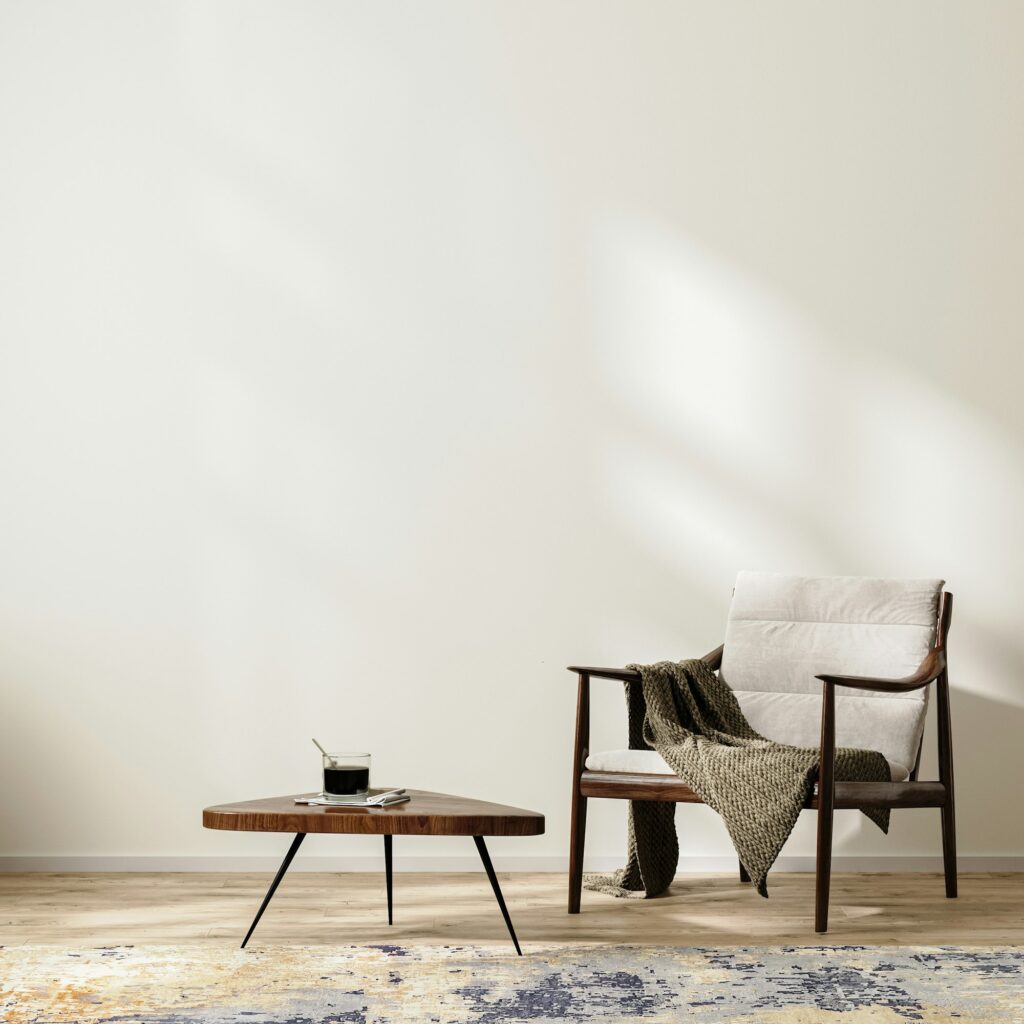
Cotton, on the other hand, is incredibly versatile. Its smooth, soft texture is perfect for creating a cozy atmosphere without overwhelming the senses. You can find cotton in an array of weaves and finishes, each offering its own unique appeal. From crisp, smooth bedsheets to plush, comfortable throws, cotton provides a touch of nature’s best while maintaining a clean, uncluttered look.
The true beauty of these materials shines through in their colors. Stick to neutral or muted tones like whites, beiges, and soft grays to enhance the tranquil vibe of your minimalist decor. These colors not only evoke a sense of serenity but also seamlessly blend with other natural elements in your space.
For a cohesive look, consider layering different textures. Pair a linen throw with cotton cushions or combine a cotton rug with linen drapes. The mix of textures will add depth and interest without breaking the minimalist feel.
Incorporate these natural fibers thoughtfully, and you’ll find that your space exudes both simplicity and warmth, creating an inviting environment that promotes relaxation and peace of mind.
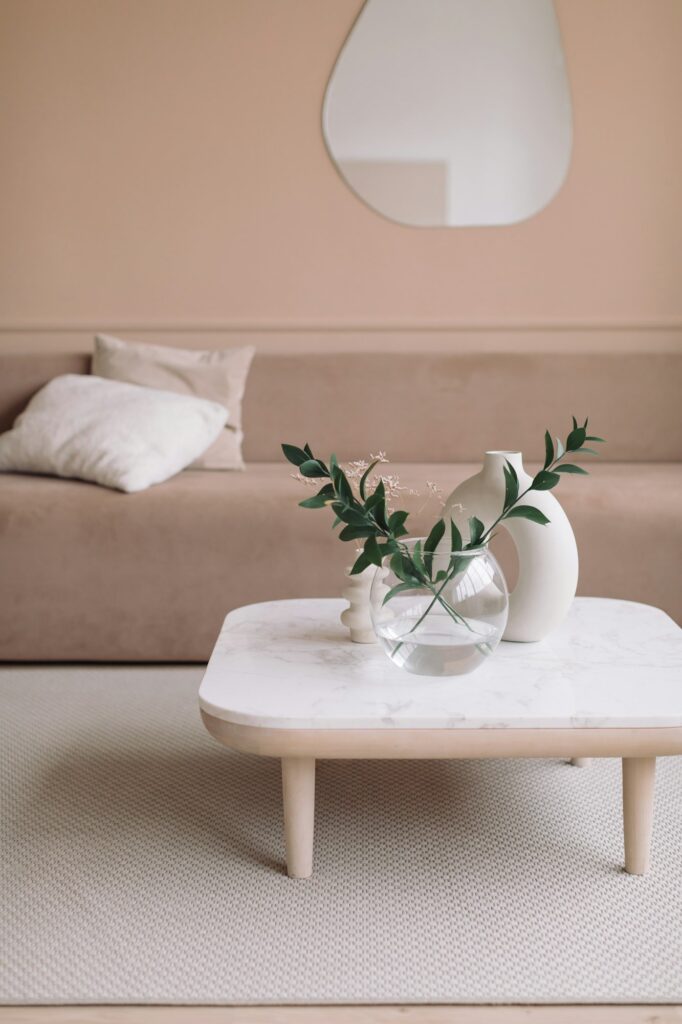
The heart of minimalist design lies in its subtlety. Utilizing neutral tones such as white, beige, and gray can transform your space into a serene retreat. These colors work seamlessly together to create a harmonious environment, enhancing the sense of tranquility in your home.
While neutral tones are the foundation, don’t hesitate to introduce subtle pops of color. Think of muted blues, gentle greens, or even soft pinks. These hues can inject personality into your space without disrupting the overall minimalist vibe. For instance, a soft green throw pillow or a blush pink vase can serve as delightful accents. For more inspiration, visit Pinterest’s Minimalist Interior Design.
Incorporating a variety of textures is another way to keep a neutral palette visually engaging. A mix of smooth marble, rough-hewn wood, and plush textiles can add dimension to your space. Remember, the goal is to create a balanced and soothing environment that promotes relaxation and simplicity.
Ultimately, neutral tones are about more than just color—they’re a philosophy. They encourage decluttering and focusing on what truly matters in your living space. By embracing this palette, you’ll not only craft a beautiful home but also invite a deeper sense of peace and purpose into your life.
Opting for sustainable materials not only aligns with the minimalist philosophy but also supports environmental stewardship. Materials such as reclaimed wood, bamboo, and recycled metals are excellent choices for crafting furniture and home decor that are both eco-friendly and elegant. By choosing these materials, you contribute to an eco-minimalist lifestyle, reducing your environmental footprint without compromising on style or functionality.
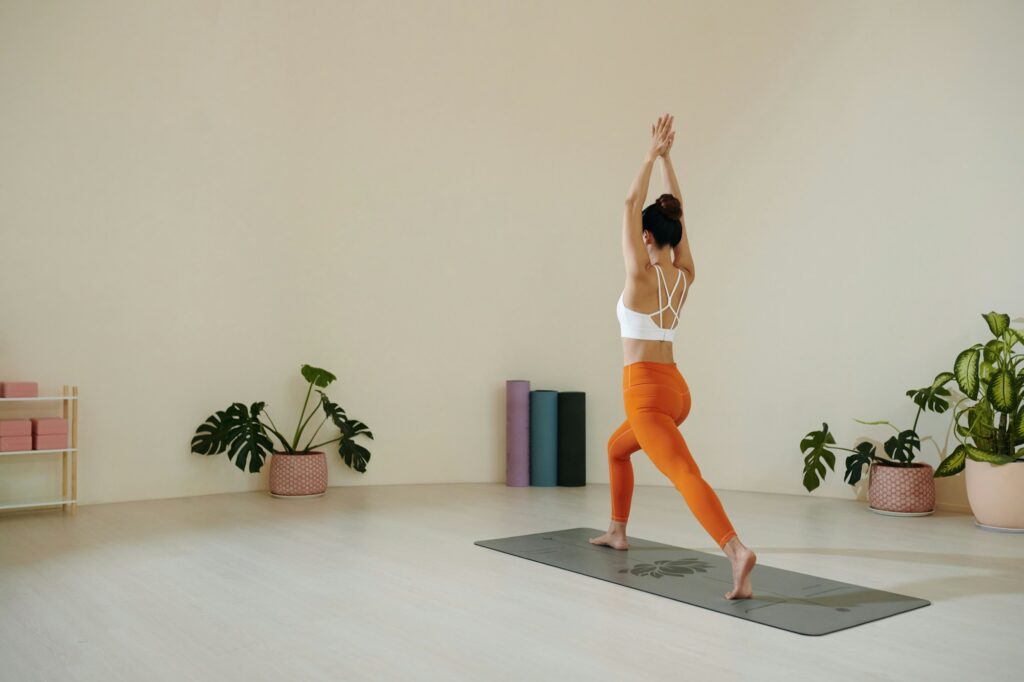
Beyond materials, sustainability in a minimalist home extends to energy efficiency and conscious consumption. Incorporating energy-efficient appliances and fixtures, such as LED lighting and low-flow water faucets, aligns with the minimalist ethos of reducing waste and promoting long-term sustainability. Pragmatically, investing in these elements can also lead to lower utility bills, adding financial benefits to their eco-friendly advantages.
Think about reducing waste while organizing your space. Decluttering means carefully considering what you bring into your home and ensuring each piece holds significant value or utility. This could mean investing in multifunctional furniture that serves multiple purposes, like a dining table that doubles as a workspace, or choosing timeless pieces that won’t go out of style, thereby reducing the need for frequent replacements.
Sustainable choices in minimalism also emphasize the importance of longevity. When selecting new items for your home, consider their durability and lifespan. Choose well-crafted items that can withstand the test of time rather than those that quickly wear out and need to be replaced. This mindset not only ensures a minimalist aesthetic but also fosters a more sustainable and less wasteful lifestyle.
When it comes to achieving a minimalist aesthetic, the harmony between functionality and simplicity is crucial. Every piece should serve a purpose while contributing to the overall clean and serene look. Let’s delve into some materials that master this delicate balance.
By carefully selecting materials like these, you can create a home that not only looks beautiful but also functions seamlessly for everyday living. Minimalism is all about finding that sweet spot where form meets function, achieving a harmonious living space.
Materials like solid wood, metal, and high-quality stone, such as marble and granite, are renowned for their durability and longevity. These materials not only provide a long-lasting investment but also seamlessly blend into the minimalist aesthetic.
While minimalism typically emphasizes neutral tones, you can still incorporate color through subtle accents. Consider using pastel shades or earthy hues in small decorative items, textiles, or even artwork to add personality without overwhelming the space.
Absolutely! Many sustainable materials such as bamboo, reclaimed wood, and organic fabrics align perfectly with minimalist principles. They offer clean lines, natural textures, and a reduced environmental impact, marrying sustainability with simplicity.
Opt for materials that are easy to clean and maintain. Choices like leather, treated wood, and quartz countertops are not only stylish but also require minimal upkeep. These materials help maintain the clean and uncluttered look central to minimalist design.
Yes, minimalist design can definitely be cozy! Incorporate soft textiles like linen or cotton, plush throw blankets, and area rugs. Natural materials and warm neutral colors can also enhance the comfort and warmth of a minimalist space.
By carefully selecting materials that embody minimalism, you can create a serene and sophisticated living space. Whether you’re drawn to the timeless elegance of natural wood, the luxurious yet understated appeal of marble, or the textural richness of organic fabrics like linen and cotton, each choice contributes to a harmonious and clutter-free environment.
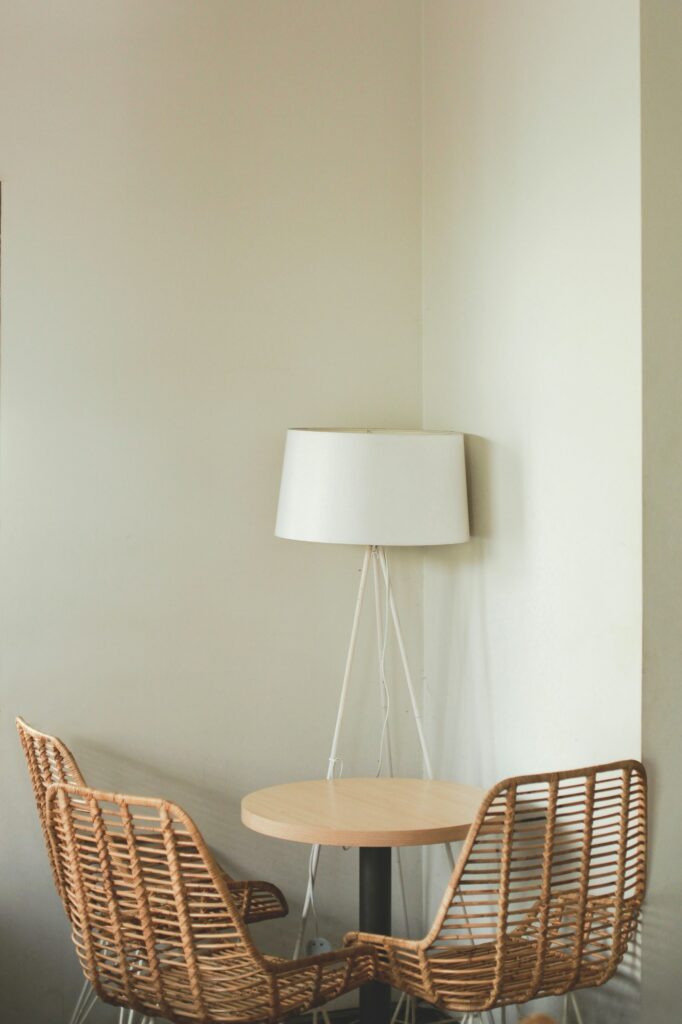
Embracing neutral tones and sustainable practices not only enhances the minimalist aesthetic but also supports a mindful and eco-conscious lifestyle. Remember, the essence of minimalism lies in intentionality, often achieved by blending functionality with simplicity. This approach ensures that every piece has a purpose, making your home both beautiful and practical.
Ultimately, minimalist design isn’t about restriction but about finding balance within your space. By integrating these key material choices, you’re well on your way to crafting a home that’s both inviting and enduringly stylish.
Ready to transform your home with timeless materials? Elevate your minimalist aesthetic with top-quality selections from DC Tile and Stone. Visit our website to explore our curated collection and start your journey toward a beautifully balanced living space today!






